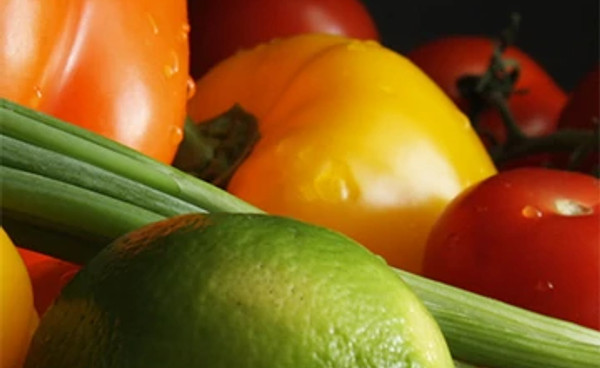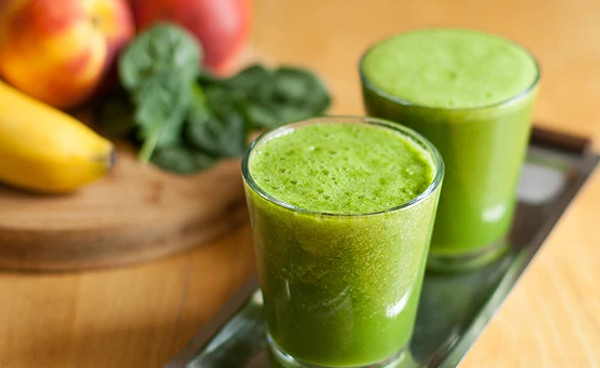Planning Your Meals: Healthy Cooking Techniques
There are many styles and methods for cooking, some of which are better for your health than others. Here are some healthier ways of cooking.
- Baking: Place food in a pan or dish (covered or uncovered) and place in oven.
- Broiling and Grilling: Expose fairly thin pieces of food to direct heat either above charcoal or flames when outdoors and directly below the heat element in the oven when indoors. Avoid charring or overcooking. Use our tip sheet on safe grilling techniques.
- Braising: Brown the ingredient first in a pan on top of the stove, then cook it covered with a small amount of liquid (water or broth).
- Microwaving: Place food in microwave safe dish. This cooks food quickly and with no extra fat. Avoid using plastic in the microwave.
- Roasting: Similar to baking but with higher temperatures, roasting uses the oven's dry heat to cook the food. A baking sheet or roasting pan is best.
- Steaming: Place a basket over simmering liquid. If you want to add flavor to your food, use a broth for the liquid or season the water.
- Poaching: Gently simmer ingredients in water or a flavorful liquid (broth, vinegar or juice) until tender.
- Sautéing: Use a nonstick pan and a small amount of oil (extra-virgin olive or avocado) to cook ingredients.
- Stir-frying: With a nonstick pan or a wok, rapidly stir small pieces of food in a small amount of oil.
Best Choices for Cooking Oils
Vegetable oils are a "healthy fat" that play a vital role in a balanced diet. Use vegetable oils when cooking in place of butter or lard. The best choices are:
- Extra-virgin olive oil: Olive oil is a good choice for cooking at low temperatures, or to drizzle on salads, raw vegetables, bread, or other foods after cooking, to add extra flavor and healthful calories.
- Avocado oil: Avocado oil works well when cooking at higher temperatures.
Quick guide for converting measurements in recipes
Source: Dana-Farber nutritionists


